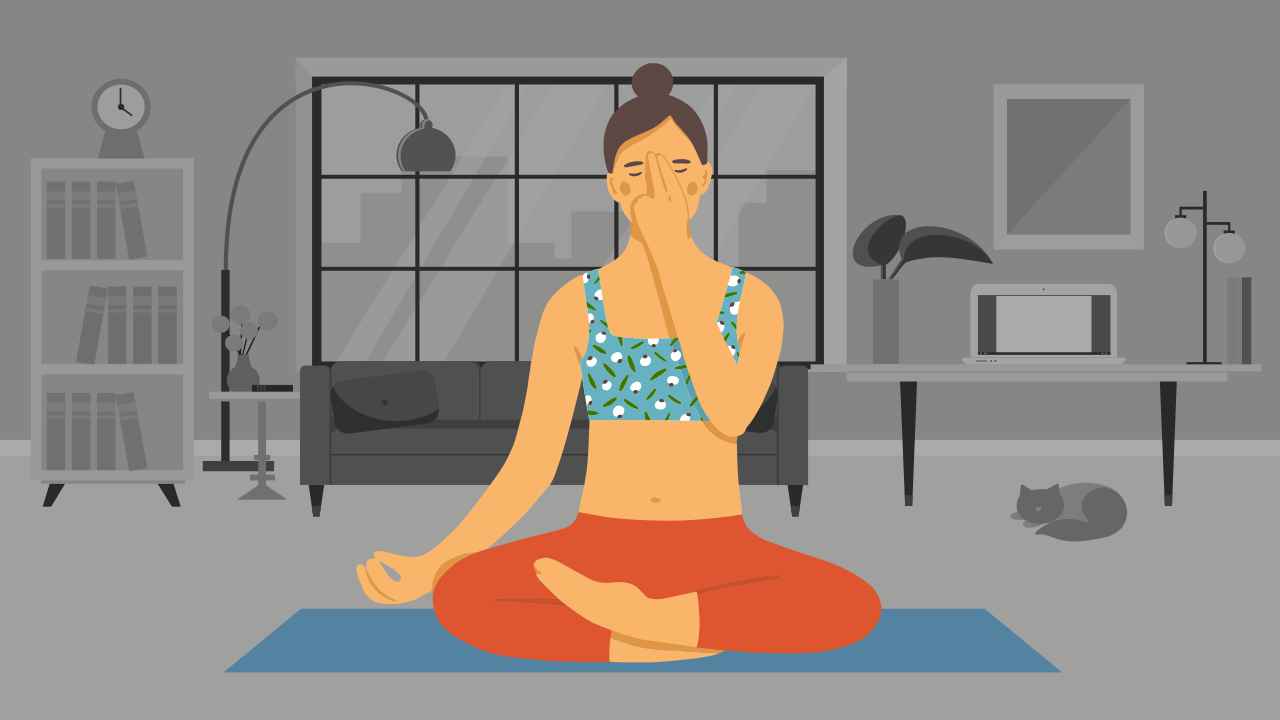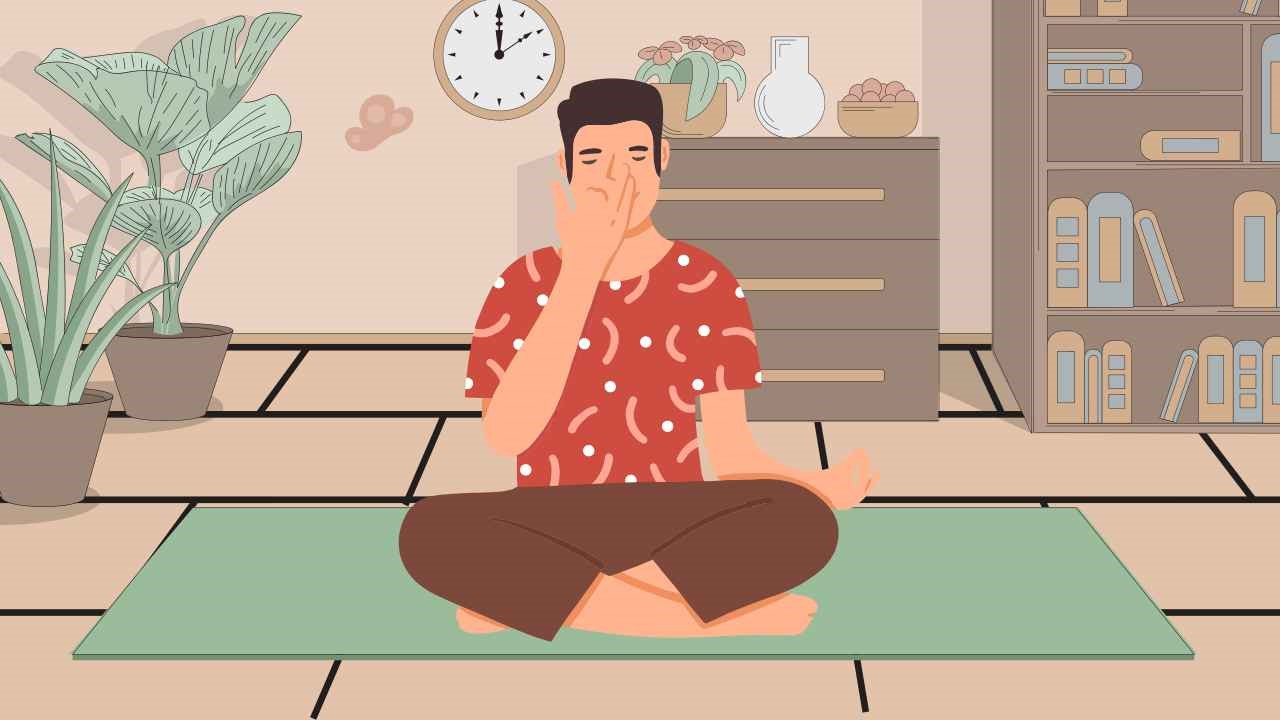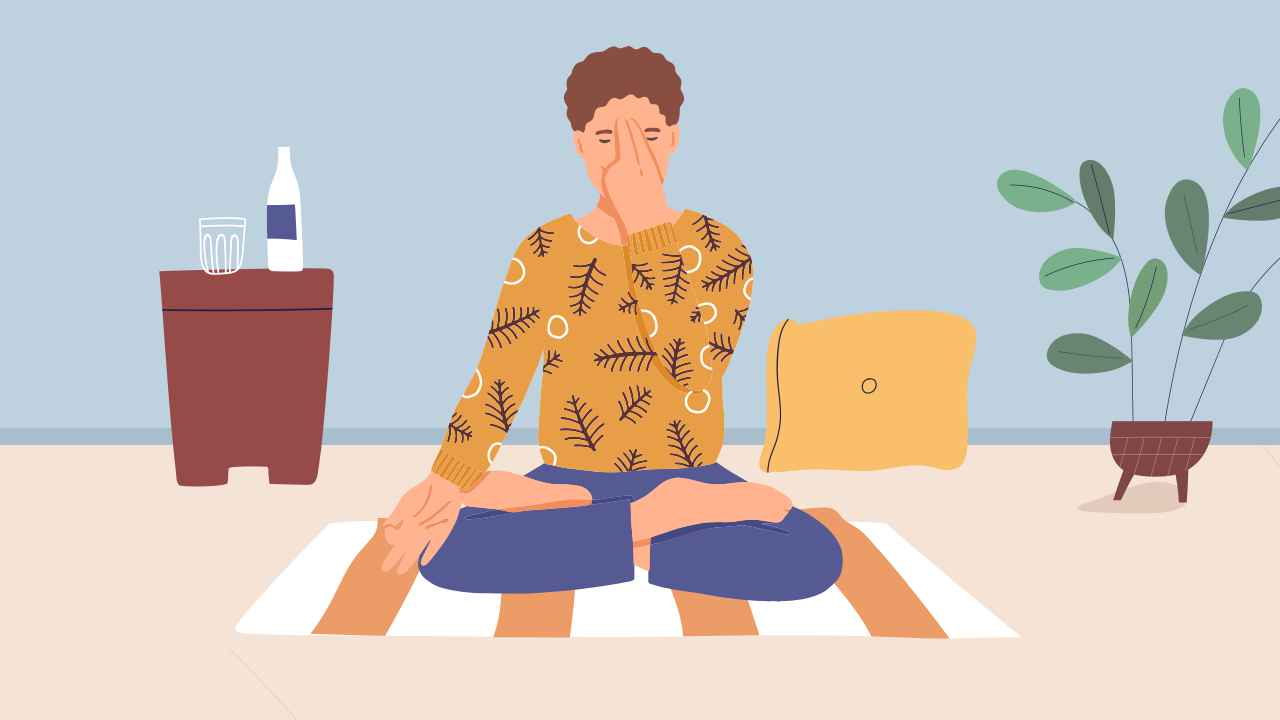
Pranayama: General Notes for Practitioners

The revered Sage Patanjali mentions Pranayama as the fourth step in the practice of yoga. This is so because it demands a certain level of seriousness on the part of the practitioner, and is not something to be picked off the internet. Intense practices come with a list of rules and regulations, which are strictly defined by ancient yogis and sages. It is also essential to practice Pranayamas under the guidance of a guru or a competent teacher for someone who wishes to advance their practice.
General benefits
Daily practice of Pranayama establishes health by removing blockages in the body. It establishes regular breathing patterns, thus reversing the effects caused due to a disordered lifestyle.
Also read: Breath Awareness in Yoga: Dos and Don’ts
1. One develops mindfulness and greater breath awareness.
2. It results in increased efficiency levels and productivity.
3. It is an excellent tool to help one balance and regulate emotions.
4. The overall nature of breath induces a calming effect on the brain, thus bringing about clarity of thought.
5. It is said to aid one in balancing and regulating their emotions, thus reducing impulsive behavior.
6. The breath is a link between our mind and body. It improves mind-body connection.
7. One experiences a surge of energy levels on a physical as well as mental plane.
8. Eventually it is responsible for bringing about steadiness of the mental and physical activities.
General limitations/contraindications
1. Pranayama should not be practised during illness, although simple breathing techniques can be practiced either in Savasana or a seated position.
2. There are no limitations for breathing practices or Pranayamas if instructions are followed thoroughly under the guidance of a trained yoga instructor or a breathwork facilitator.
3. Avoid holding your breath (suspension or retention) in cases of hypertension, cardiac, and respiratory problems, or clinical depression.
4. Carefully note the contraindications mentioned for individual breathing practices and observe them with sincerity.
Things to consider before your practice
If you wish to master the correct ways of how to do Pranayama, consider these factors:
1. Time of practice
Traditional texts are quite particular regarding the time, environment and mindset, and uphold rigid norms for someone who wishes to move to the practice of Pranayama. For a householder, it is very difficult to adapt to those regulations and may end up doing more harm than good. That said, a serious practitioner might want to work on two major themes—regularity and consistency. Morning or evenings are the best time to perform Pranayamas, but you may choose a time suitable for your practice. It is important to perform them regularly at the same time each day, this will show consistent growth in your prana levels.
2. Place
Ensure that the place you choose for your practice is quiet, clean and well ventilated. Avoid practising out in the open, under direct sunlight, or in over polluted or dusty surroundings as there is heightened risk of hypoventilation. Dust particles or any other pollutants present in the air might end up affecting the health of the lungs due to the habit of deep and prolonged inhalations during the practice. Practising Pranayamas in the draught or windy spaces or under the fan may affect the body temperature.
3. Position
Adopt a comfortable seating posture of your choice. You can choose from various meditative postures such as Padmasana, Sukhasana, Siddhasana, or even prop yourself on a chair and keep your feet supported on the floor. A supported and steady posture will enable efficient breathing patterns. Therefore, ensure your spine remains erect at all times. If this is not available to you, sit resting your back against a wall with legs outstretched. You may even choose to place pillows or blankets under your hips to keep your body relaxed as much as possible.
4. Sequence
Pranayamas are usually performed after kriyas or shat-karmas and asana practice. Certain breathing exercises like alternate nostril breathing or Nadi Shodhana should be practiced before Pranayamas to purify and balance the energies. One may choose to lie down in Savasana after completing the practice of Pranayamas. Meditation or dhyana practices follow after Pranayama or breath work practices.
Also read: Getting Started: Yoga Sequences for Beginners
5. Rounds
As a general rule, it is advised to not perform more than 30 rounds of all Pranayama practices put together in one go for a beginner. You may choose to practice Pranayamas once or twice a day, depending on the time you have at your disposal. Note that this is very specific to those starting out and advanced practitioners can decide for themselves or after consulting with their gurus.
6. Side effects
- Healthy bodies may develop various symptoms, which are caused by the process of purification and expulsion of toxins. Sensations of itching, tingling, heat or cold, feelings of lightness or heaviness may be experienced temporarily. In case they last longer, it is advisable to consult a breathwork facilitator or a teacher.
- As “prana” stands for bio-energy or the life-force, when practised precariously, one may notice effects such as fluctuations in energy levels and change in interests, which may disrupt your lifestyle. Stop the practices and resume only under the guidance of a guide.
- Though traditional Pranayama practices have numerous benefits, when performed incorrectly without guidance or carelessly, they may lead to severe conditions such as mental illnesses or aggravate depression. It could affect your natural sleep patterns and may cause fatigue and listlessness.
The above notes will assist you to practice Pranayamas safely, given that you avoid unnecessary strain, breathe with awareness, and never force your body to do what it cannot.
References
1. Yogendra HJ. Yoga for All – Discovering the True Essence of Yoga. Rupa Publications India, 2018.
2. Saraswati SS. Asana Pranayama Mudra Bandha. Bihar School Of Yoga, 2013.













